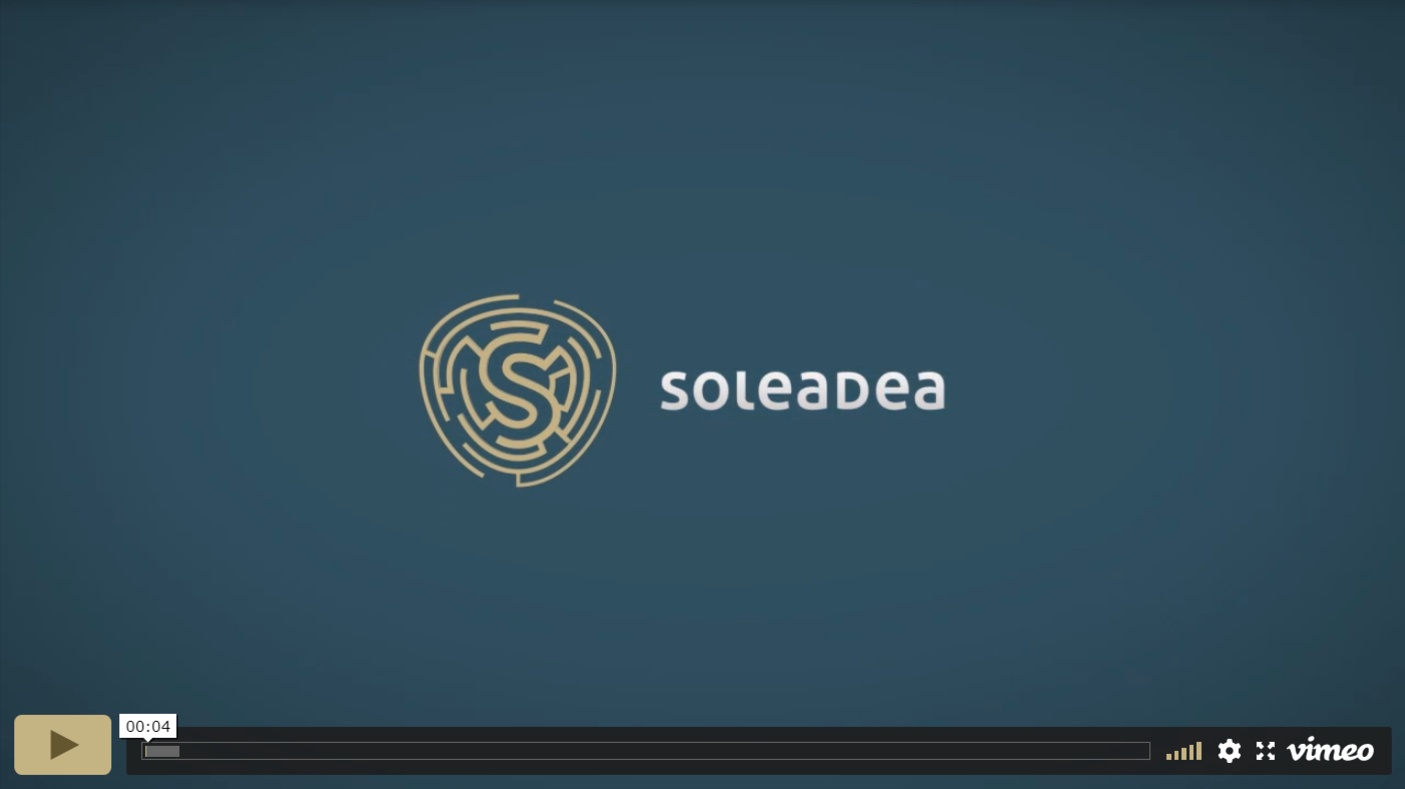2024 Level 1 CFA® Exam:
Interest Rates
A concept that is directly related to the time value of money is an interest rate.
An interest rate is a rate of return that levels cash flows occurring on different dates. We can say that an interest rate is the price of money.
How is it that money has its own price?
Suppose that you would like to buy a mountain bike but you don’t have enough money. If you don't have money, you need to borrow it. The cost of the loan (price of money) is the interest that you will pay on that loan in the future. The amount of interest (given as monetary value) depends on the interest rate (given as %).
You should know that an interest rate can be perceived in 3 ways:
- as a required rate of return,
- as a discount rate,
- as an opportunity cost.
(...)
Interest rate as an opportunity cost
An interest rate will be understood in yet another way if we treat it as an opportunity cost. We deal with an opportunity cost when someone decides against investing and chooses consumption instead. Let me give you an example.
Margaret is a businesswoman and has savings of USD 100,000. Margaret is faced with a dilemma. She can either:
- buy a car for USD 100,000, or
- invest the money for a year in zero-coupon bonds with an expected rate of return of 5%.
If Margaret decides to buy the car, the opportunity cost is going to be 5%, i.e. it will be equal to what she would be able to earn if she bought the bonds.
An opportunity cost can help us answer the following question: What future profits do we forego in favor of current consumption?
An interest rate is what we might call the price of money and it depends on supply and demand for money. Let's now consider the components of an interest rate and discuss them one by one:
The real risk-free interest rate is an interest rate expected for postponing consumption. It is the price requested for making capital available and it is not adjusted for inflation. The "risk-free" part of the term tells us that there is no default risk, the investment is liquid, and we receive no maturity premium.
(...)
The maturity premium is connected with the increased sensitivity of the price of a financial instrument with a longer time to maturity to changes in market interest rates. Usually (though not always) long-term interest rates are higher than short-term ones. In a nutshell, the more time is left to maturity, the greater an instrument's sensitivity to interest rate fluctuations and the greater the maturity premium.
- Time value of money (TVM) and interest rate are closely connected concepts. TVM shows the relation between time, present value (PV), future value (FV), and interest rate.
- An interest rate is a rate of return that levels cash flows occurring on different dates. We can say that an interest rate is the price of money.
- An interest rate can be understood in three ways: as a required rate of return, as a discount rate, or as an opportunity cost.
- Interest rates help us answer the following questions: What are the expected future profits from an investment? What is the present value of a certain future amount? What future profits do we forgo in favor of current consumption?
- An interest rate equals the real risk-free interest rate + the inflation premium + the default risk premium + the liquidity premium + the maturity premium.


